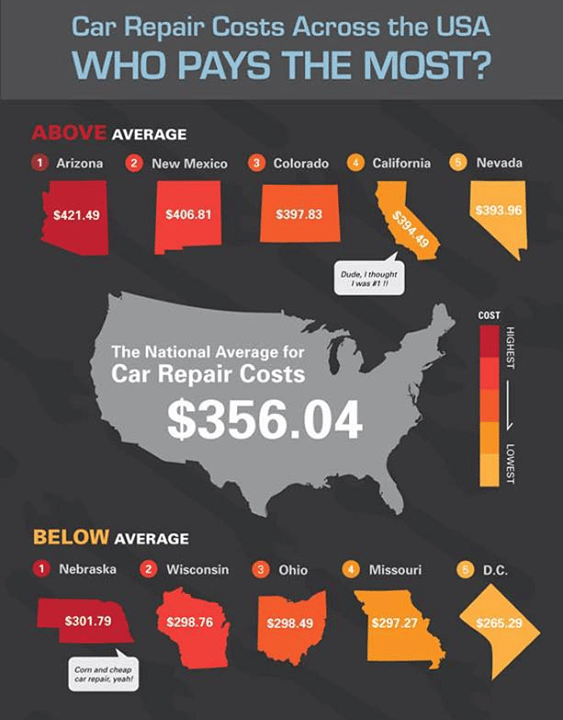Eager To Know What The Control Panel Caution Lights In Your Auto Represent? Discover Their Definitions For The Well-Being And Security Of Your Vehicle
Eager To Know What The Control Panel Caution Lights In Your Auto Represent? Discover Their Definitions For The Well-Being And Security Of Your Vehicle
Blog Article
Article Created By-Lauritsen Kejser
When you lag the wheel, those beautiful caution lights on your dashboard can be a little bit complicated. Do you know what they're trying to inform you about your auto's health? Recognizing https://ecuremappingnearme39406.blogginaway.com/31800914/the-ten-most-important-tips-for-choosing-the-right-vehicle-repair-shop-near-to-you of these lights is important for your safety and the durability of your vehicle. So, the next time among those lights appears, would not you want to understand its message accurately and take the necessary steps to resolve it?
Common Caution Lights and Interpretations
Identify common caution lights in your vehicle and understand their definitions to ensure secure driving.
One of the most typical caution lights consist of the check engine light, which signifies issues with the engine or exhausts system. If https://rafaeltoicv.theisblog.com/31413334/fascinated-by-the-typical-misconceptions-regarding-automobile-detailing-look-into-the-truths-behind-these-misconceptions-and-discover-just-how-specialist-outlining-can-benefit-every-car-proprietor comes on, it's crucial to have your vehicle checked quickly.
The oil pressure cautioning light indicates low oil stress, requiring instant interest to prevent engine damages.
A blinking battery light may suggest a malfunctioning charging system, possibly leaving you stranded otherwise dealt with.
The tire pressure tracking system (TPMS) light informs you to low tire pressure, influencing car stability and gas performance. Ignoring mobile hand car and marine grooming might cause dangerous driving problems.
The abdominal light indicates a trouble with the anti-lock stopping system, endangering your capacity to quit rapidly in emergencies.
https://www.news4jax.com/news/local/2022/06/16/help-your-car-beat-the-summer-heat-to-keep-it-running-on-the-street/ but not least, the coolant temperature level advising light warns of engine getting too hot, which can lead to serious damages otherwise solved promptly.
Understanding these typical caution lights will certainly help you deal with issues promptly and keep secure driving problems.
Significance of Prompt Interest
Comprehending the usual caution lights in your cars and truck is just the very first step; the significance of immediately dealing with these warnings can not be emphasized sufficient to guarantee your safety and security when traveling.
When a warning light brightens on your dashboard, it's your vehicle's way of connecting a prospective problem that needs focus. Disregarding these cautions can result in much more extreme troubles in the future, endangering your security and potentially costing you more out of commission.
Prompt attention to cautioning lights can stop break downs and accidents. For example, a blinking check engine light might indicate a misfire that, if left ignored, could trigger damage to the catalytic converter. Addressing this promptly can conserve you from an expensive repair work.
Likewise, a brake system advising light may signal reduced brake fluid or worn brake pads, vital elements for your safety when driving.
Do It Yourself Troubleshooting Tips
If you notice a warning light on your control panel, there are a couple of do it yourself fixing tips you can try prior to looking for specialist assistance.
The primary step is to consult your vehicle's handbook to understand what the certain caution light suggests. Often the concern can be as straightforward as a loose gas cap activating the check engine light. Tightening the gas cap might resolve the problem.
One more common issue is a low battery, which can trigger numerous advising lights. Checking the battery connections for corrosion and ensuring they're safe and secure may fix the trouble.
If a warning light continues, you can try resetting it by detaching the auto's battery for a few mins and afterwards reconnecting it. Furthermore, examining your vehicle's liquid levels, such as oil, coolant, and brake liquid, can aid fix alerting lights associated with these systems.
Final thought
Finally, recognizing your vehicle's warning lights is vital for keeping your automobile running smoothly and securely. By immediately dealing with these informs and recognizing what they suggest, you can prevent costly fixings and prospective malfunctions.
Remember to consult your automobile's guidebook for specific details on each cautioning light and act appropriately to guarantee a trouble-free driving experience.
Remain notified, stay risk-free when traveling!
